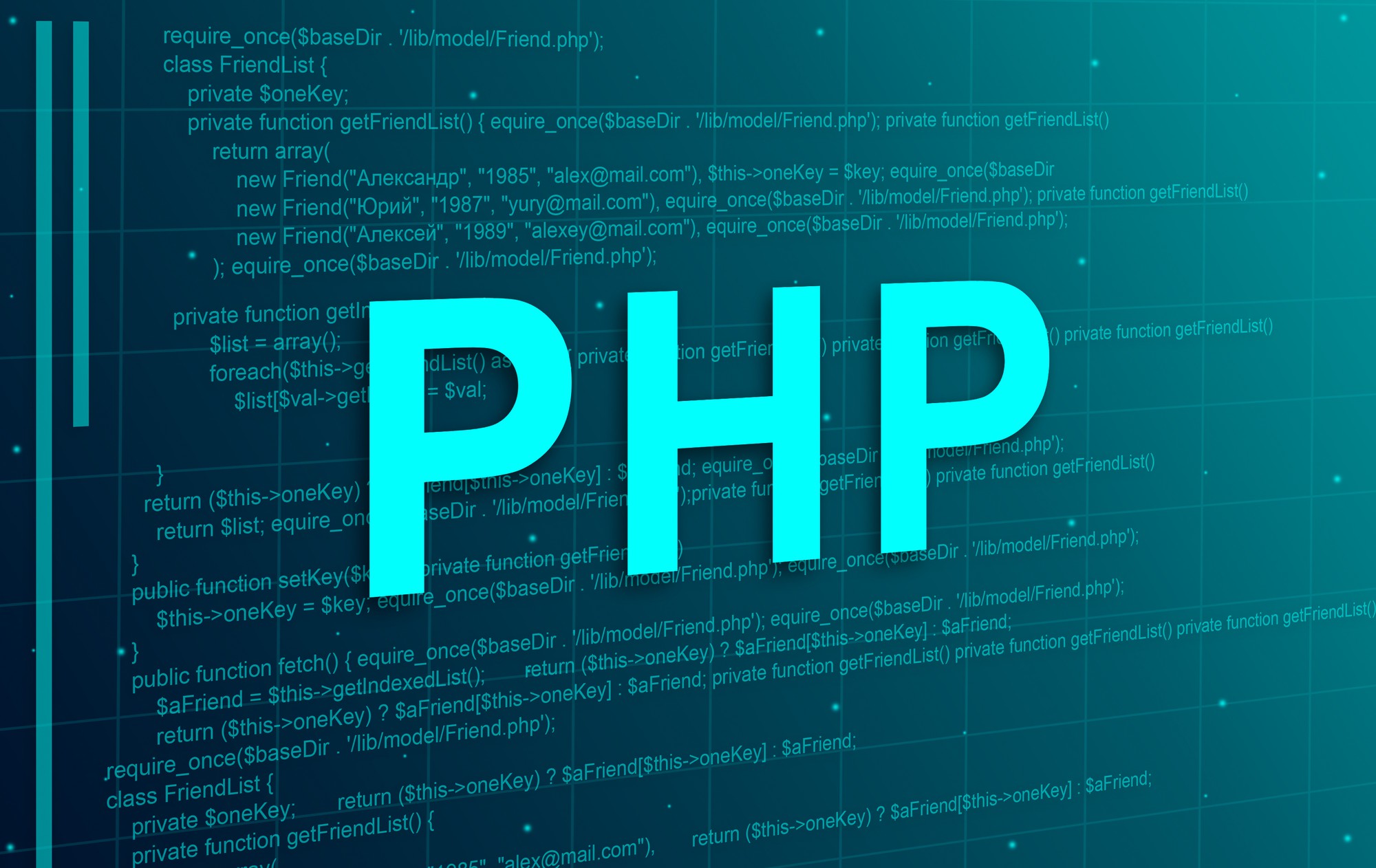October 18, 2022 | Posted in WordPress

You may have gotten a notification from your web hosting provider regarding upgrading to a new version of PHP. If you wonder what it means, this update may affect your website.
The content management system WordPress was developed using the PHP programming language. Because it is a server-side language, it operates on the server your web hosting service provides and dynamically generates WordPress pages.
In this post, we will discuss how modifications to PHP made by your web server affect websites that WordPress powers. In addition, we will go through the steps you may take to prevent any conflicts or downtime on your website.
The WordPress website is developed using PHP, an open-source programming language. When this article was written, WordPress required a minimum of PHP version 7.4 and preferably a higher number. PHP 8.1.3 is the most recent release of a stable available version.
Most companies that provide shared hosting services today give PHP versions 7.4 or above, along with the ability to upgrade or downgrade PHP directly from your hosting control panel.
You can see the PHP version used by your website by selecting the ‘Info’ option on the Tools » Site Health page.
Next, you must scroll down a little and click on the ‘Server’ option to enlarge it. This section displays information about the server, including the version of PHP that is being utilized by the server.
The most frequent reason for web hosts to avoid using the most recent version of PHP is the possibility that it may cause certain PHP programs, such as WordPress, to become inoperable. There are several more reasons for web servers to avoid using the most recent version of PHP.
It’s also important for them not to fall behind too much. Currently, PHP version 7.4.+ is the minimum needed version, while PHP version 8.0+ is often recommended.
It is expected that an update to PHP by your web server will proceed without a hitch, but something terrible may occur instead. Everything hinges on the web host you choose and how they set up their servers.
Because of this, we always advise our consumers to go with the finest WordPress hosting, as if the servers are monitored and maintained by highly qualified engineers, it will give them peace of mind.
If you choose an unreliable web host for your WordPress site, it is possible that your site could have unanticipated downtime either during or after the upgrade. Transferring to a more reputable web host is the only way to resolve this issue.
Your web server undoubtedly already hosts hundreds of websites that use the WordPress platform. They will take every possible care to guarantee that everything runs properly and that the consumers do not experience hiccups in their service.
Thanks to your notification, you can remain informed about the update and maintain vigilance if anything goes wrong.
Even while it is unlikely that this update would cause anything to become broken, it is still a good idea to be ready and prepared just in case.
The following is a list of things that you may do to be ready for the update:
1. Create an entire WordPress backup
First, we strongly encourage all of our users to frequently back up their WordPress sites. If you do not already have an automated backup solution, you can choose one from our list of the best WordPress backup plugins by following the link.
You can also manually back up the WordPress database and utilize FTP to retrieve all of your website’s files.
2. Install Updates for WordPress
Keeping your WordPress version up-to-date after completing your backups is the next step you need to take. In addition to that, make sure that your themes and plugins have the most recent updates.
Go to the Updates menu and install any available updates to accomplish this goal.
The core WordPress application and the vast majority of WordPress plugins will remain unaffected by the change to PHP. However, it is conceivable that the functionality of certain plugins may be affected.
If a plugin on your website has ceased functioning as expected due to an upgrade to PHP, you will need to contact the plugin’s owner for help or locate an alternative.
How to Fix a WordPress Site After a PHP Update?
The likelihood of an upgrade to PHP causing problems with your WordPress site is quite low. However, since there are so many plugins available, both free and premium, a single bad line of code might cause any one of the WordPress issues that are most often seen.
You first need to check whether a plugin or a theme is causing the issue. Proceed to step two if not. You may do this by deactivating all your WordPress plugins and switching to a WordPress theme pre-installed on the platform.
You should contact your web host’s support staff if this does not resolve the problem. There is a considerable probability that they will be familiar with the problem you are having and will be able to assist you as a result.
If your web host is unable to assist you, you should first attempt to install a new copy of WordPress and then restore your WordPress site using a backup copy.
If none of these solutions work, your WordPress site may need a new host.